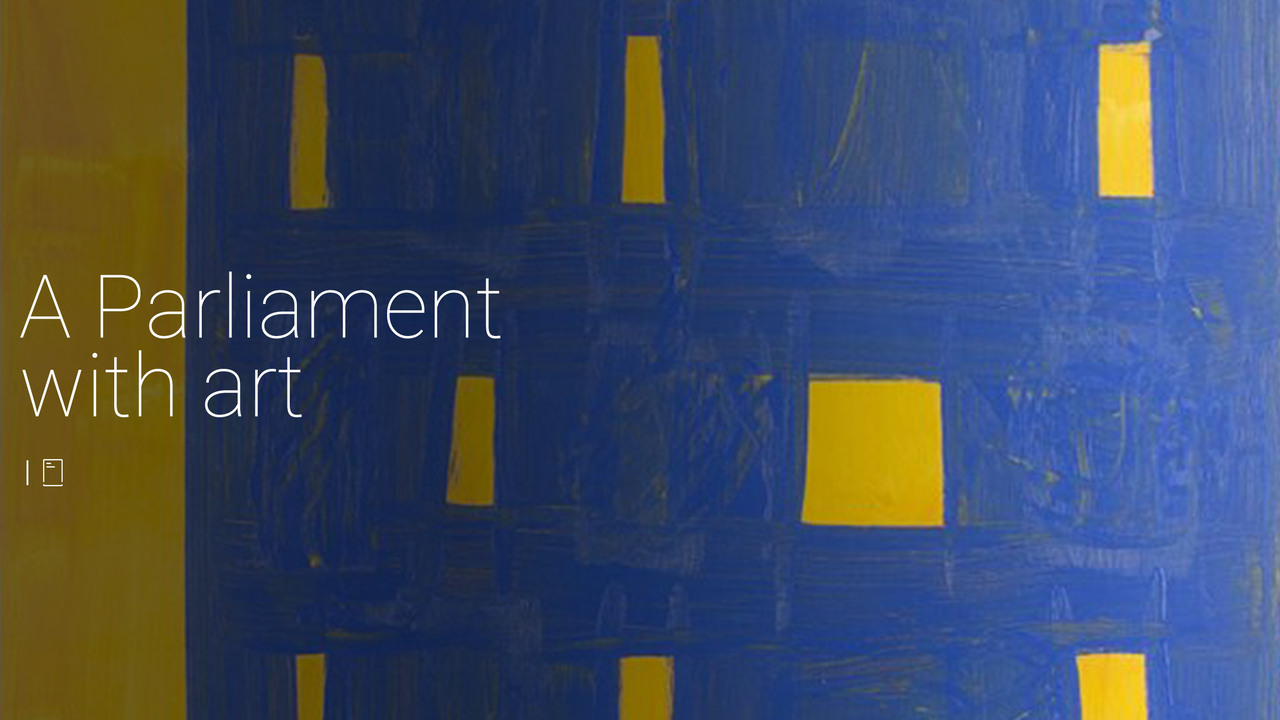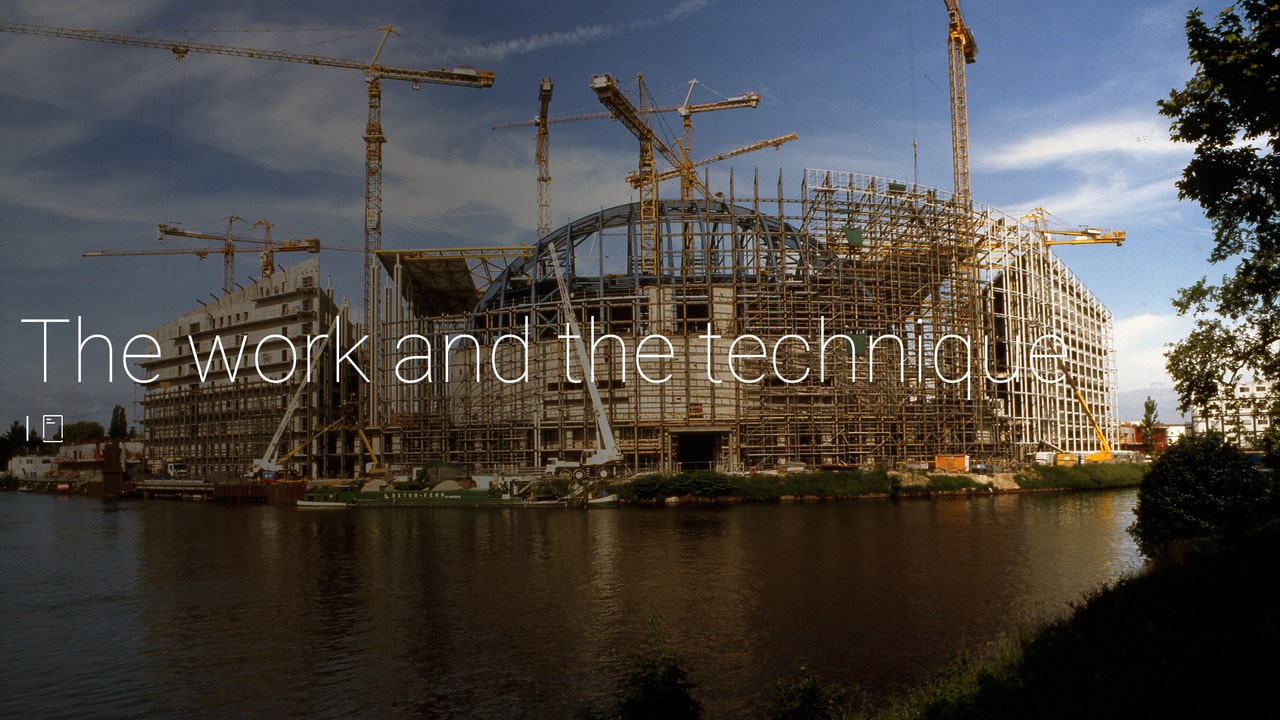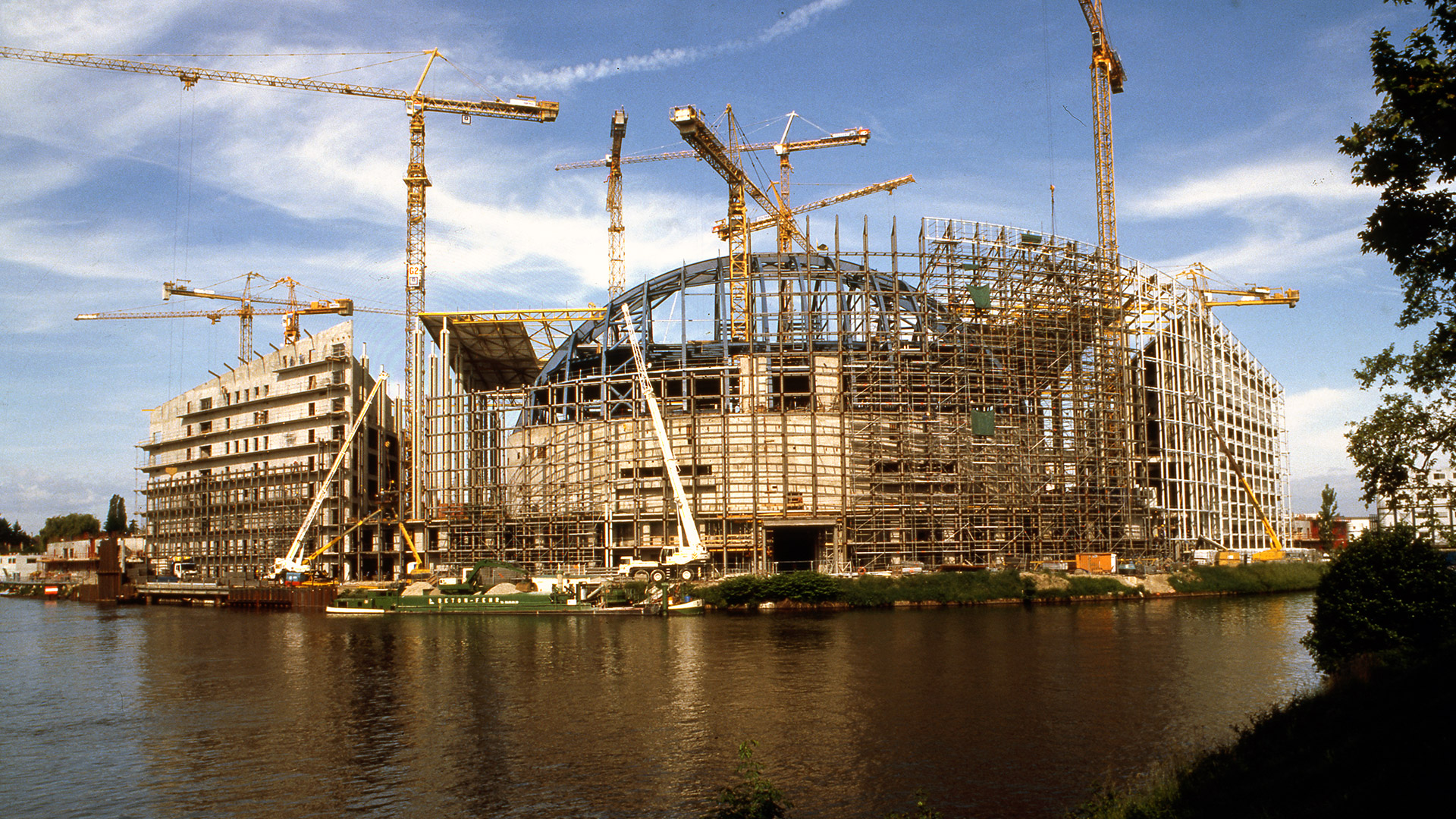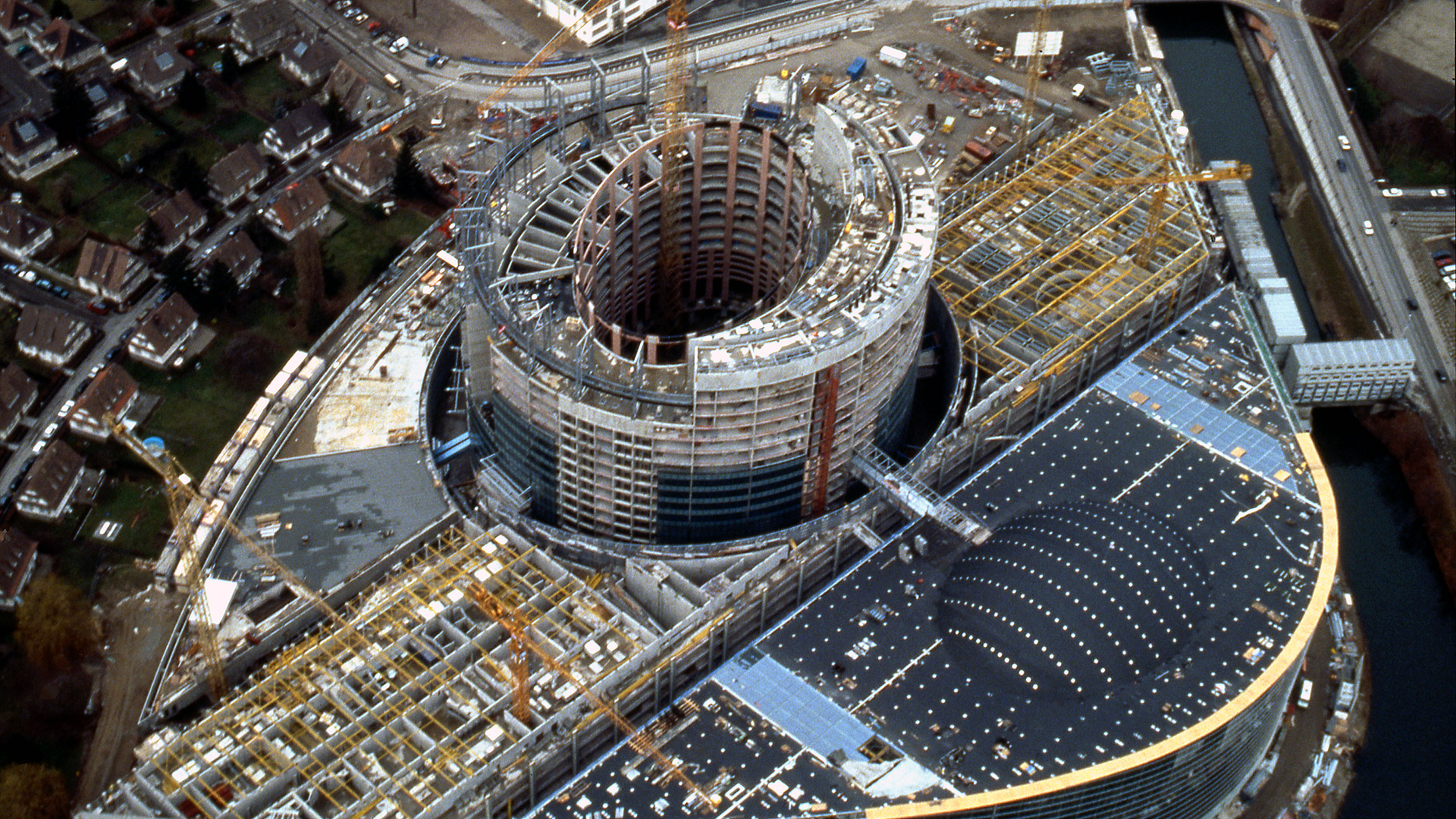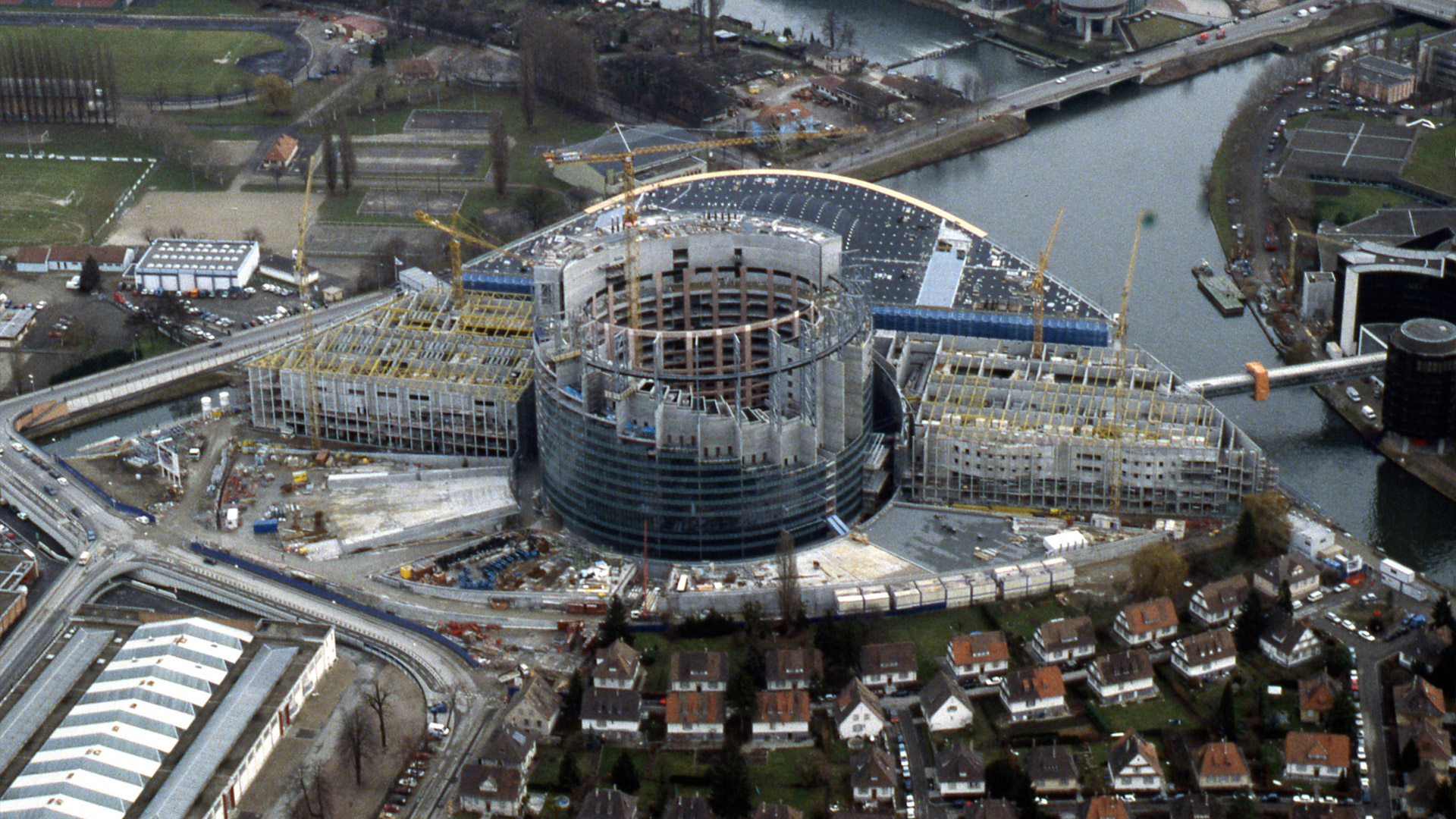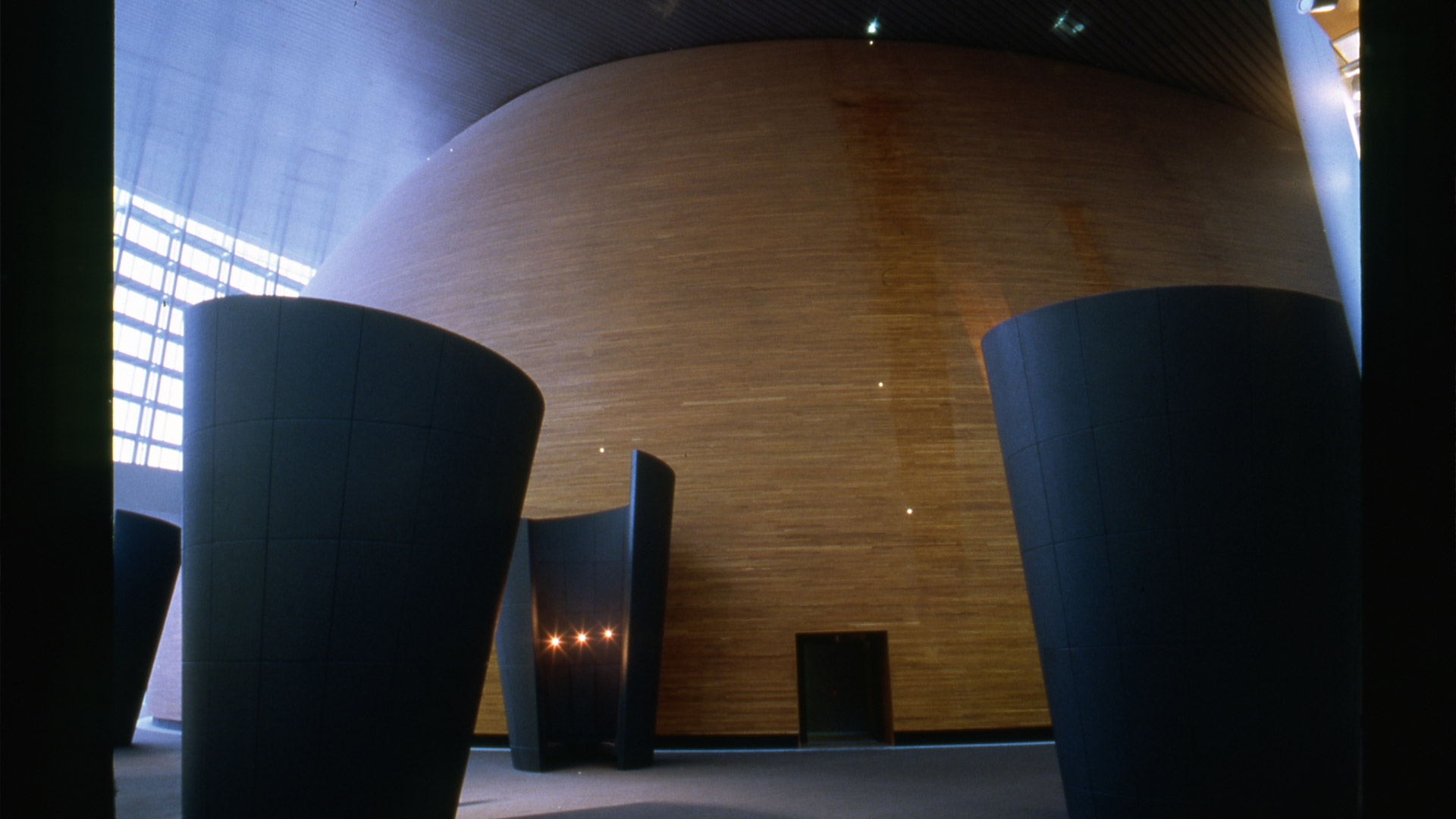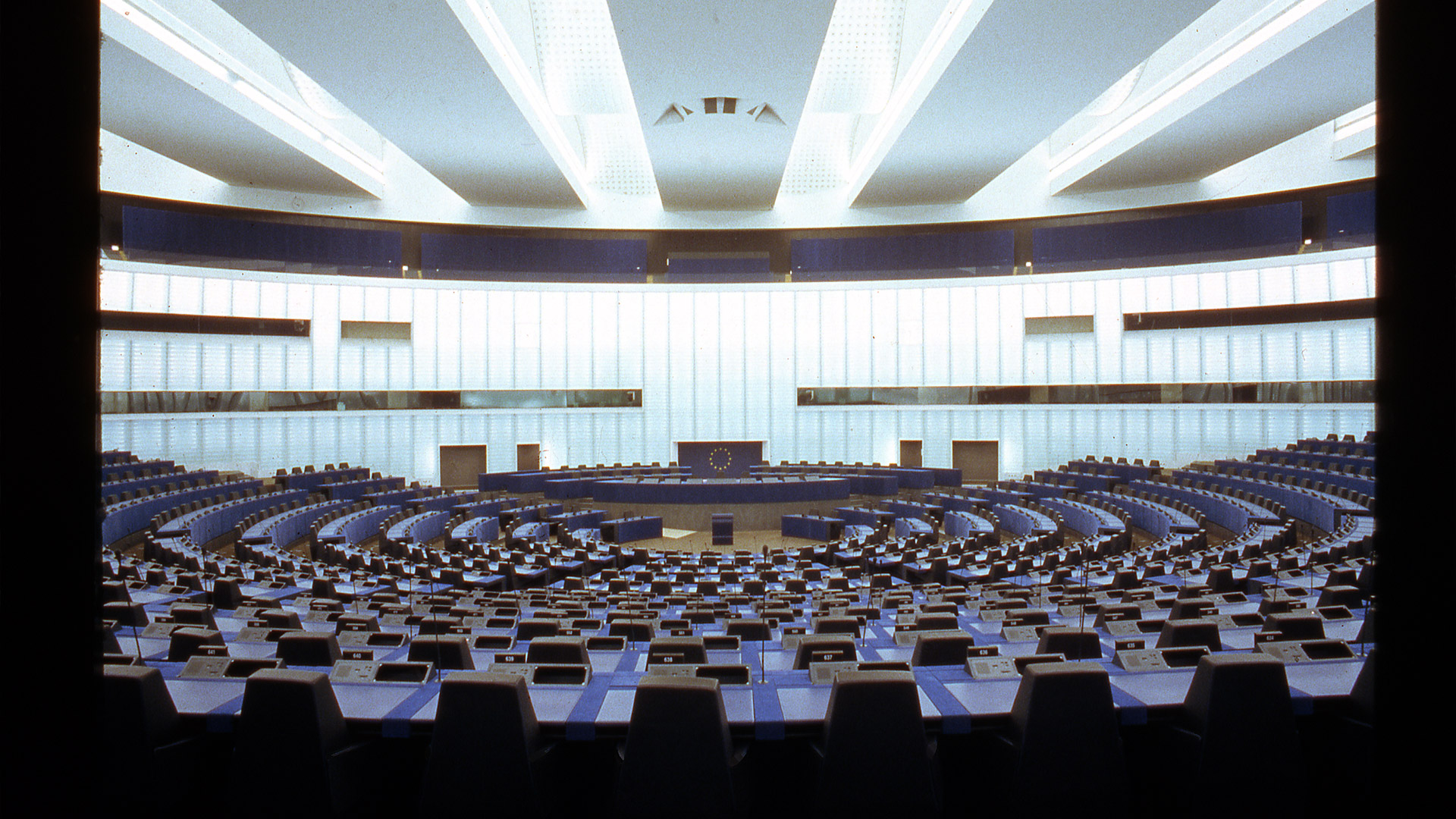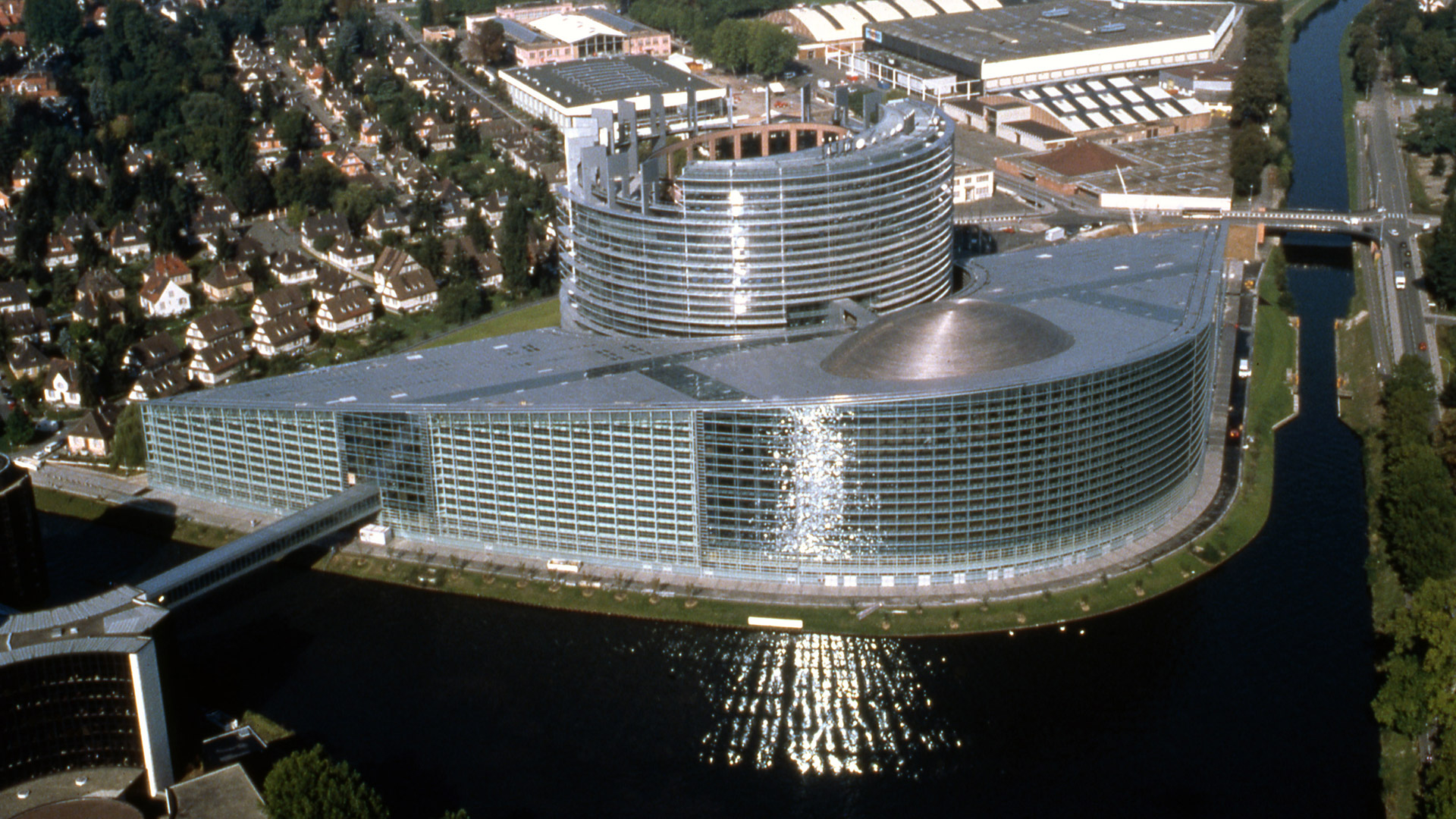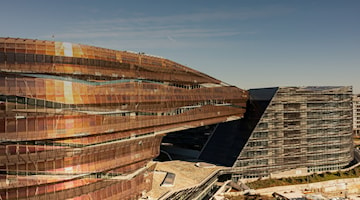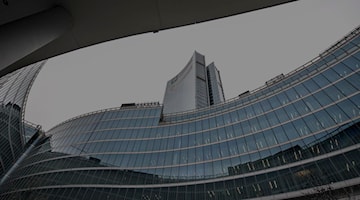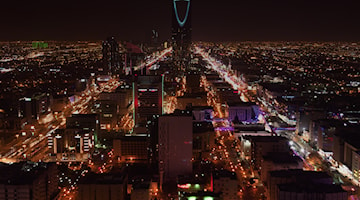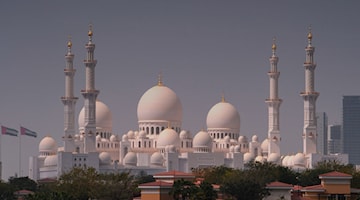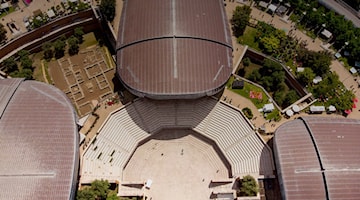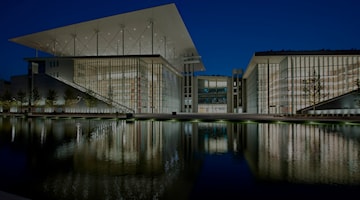A masterpiece of democracy
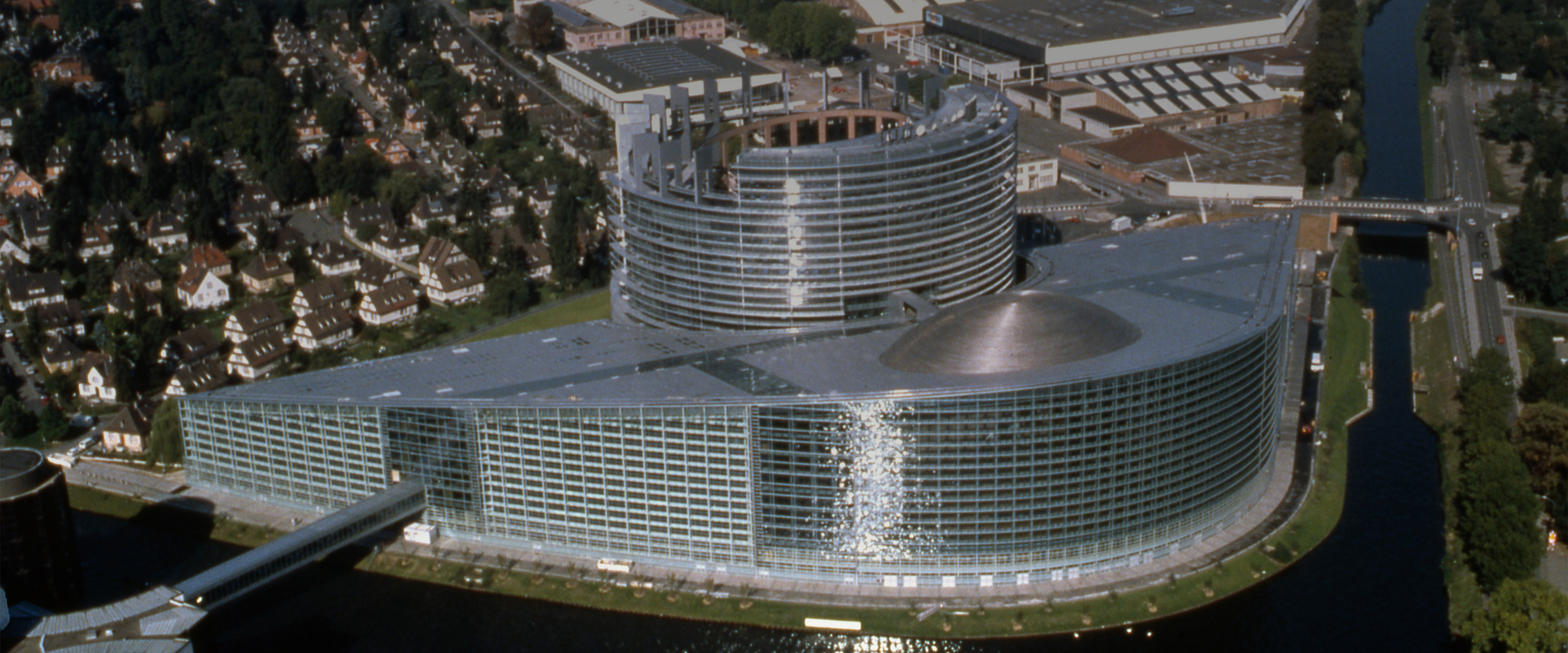
EUROPEAN PARLIAMENT IN STRASBOURG, FRANCE
The symbol of reconciliation between France and Germany (whose first frictions date back to the Treaty of Verdun in 843), capital of the Bas-Rhin department and Alsace region in eastern France, on the banks of the Ill river near its confluence with the Rhine, the city of Strasbourg has been the official seat of the European Parliament since 1992.
Formerly the seat of the Council of Europe, from 1949, and the assemblies of the ECSC (European Coal and Steel Community), from 1952, since the creation of the European Economic Community in 1958, Strasbourg has shared the stage with Brussels, which at the time already hosted a large part of the work of the European Commission and Council of Ministers.
The following division has applied since the 1990s: meetings of parliamentary committees and political groups in Brussels (three weeks a month) and plenary sessions in Strasbourg (one week a month).
Built between 1995 and 1997, the new Strasbourg Parliament’s architecture embodies the foundations of Western civilisation: the classical and baroque styles, Galileo's circle and Kepler's ellipse. It comprises two interlocking structures covering a total area of 220,000 square metres.
The first is a cylindrical tower with a circular plan with a large elliptical courtyard inside. It is 72 metres high, 94 metres in diameter, and has 21 floors (three are underground). The second structure extends horizontally. Its fulcrum is the 750-seat hemicycle where the plenary sessions are held (in the presence of the distinctive ushers in tailcoats).
With Brexit, the number of MEPs and seats in the hemicycle fell from 751 to 705, while 24 official languages are spoken within it (with English used in Ireland and Malta).
The second building is completed by some thirty meeting rooms ranging from 40 to 350 seats, television and radio studios, a press room with photo studios, eight reception rooms for the public, two restaurants with bars and kitchens to seat 1,200, and even a meditation room.
Finally, there is an underground car park for 1,200 vehicles (including 40 buses) and a tunnel across the River Ill for the rapid and safe passage of documents from the hemi-cycle to the pre-existing structure.
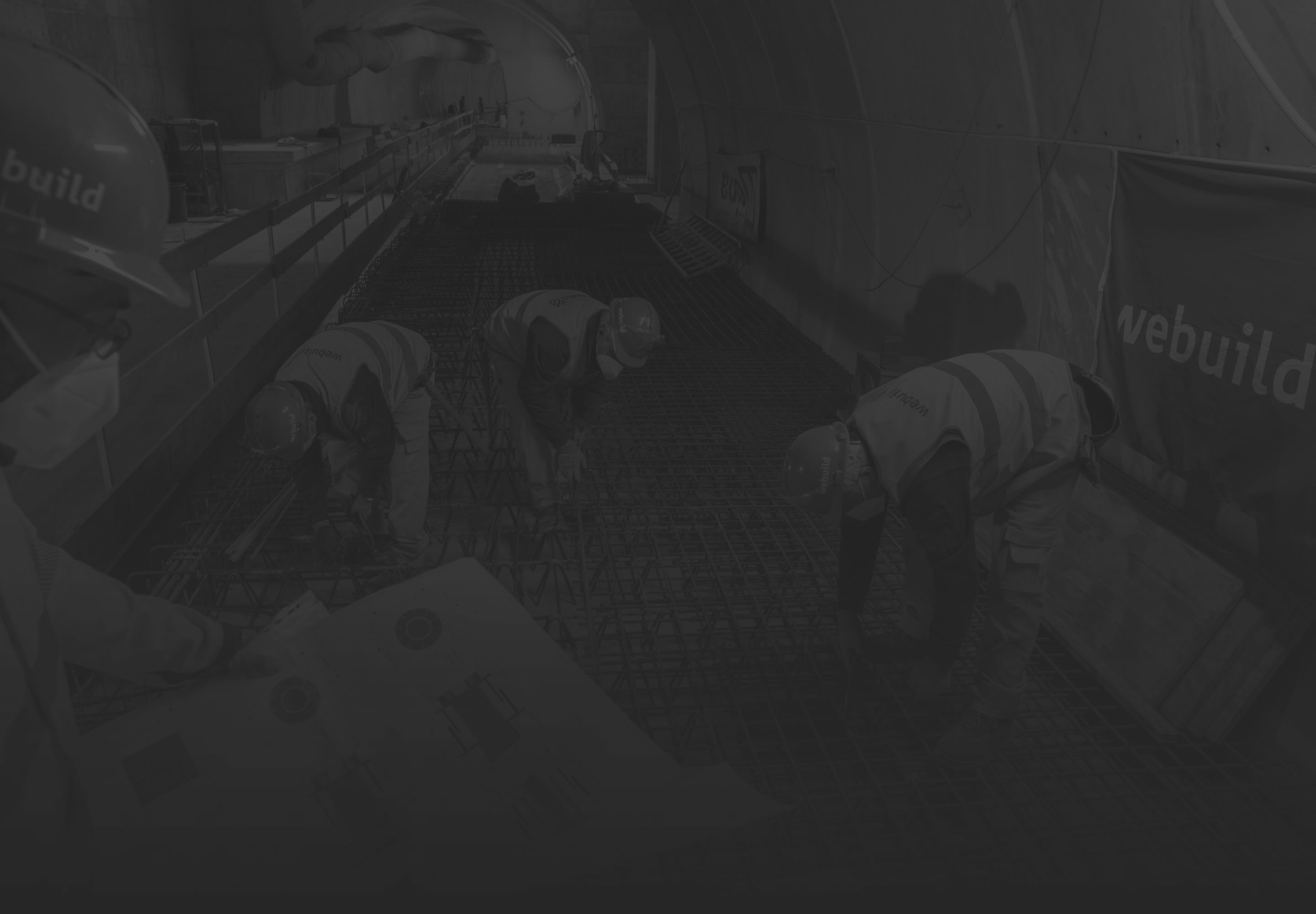
THE WORK AND THE TECNIQUE
M² TOTAL SURFACE AREA
M² FORMWORK
M³ CONCRETE
M³ PRESTRESSED CONCRETE
T STEEL
KM CABLE NETWORK
Société d’Aménagement et d’Equipement de la Région de Strasbourg (S.E.R.S.)
Impregilo then merged into the Group now Webuild
The official seat of the European Parliament in Strasbourg is a glass and metal building designed by Architecture Studio, which sublimates this confluence in a perfect curve.
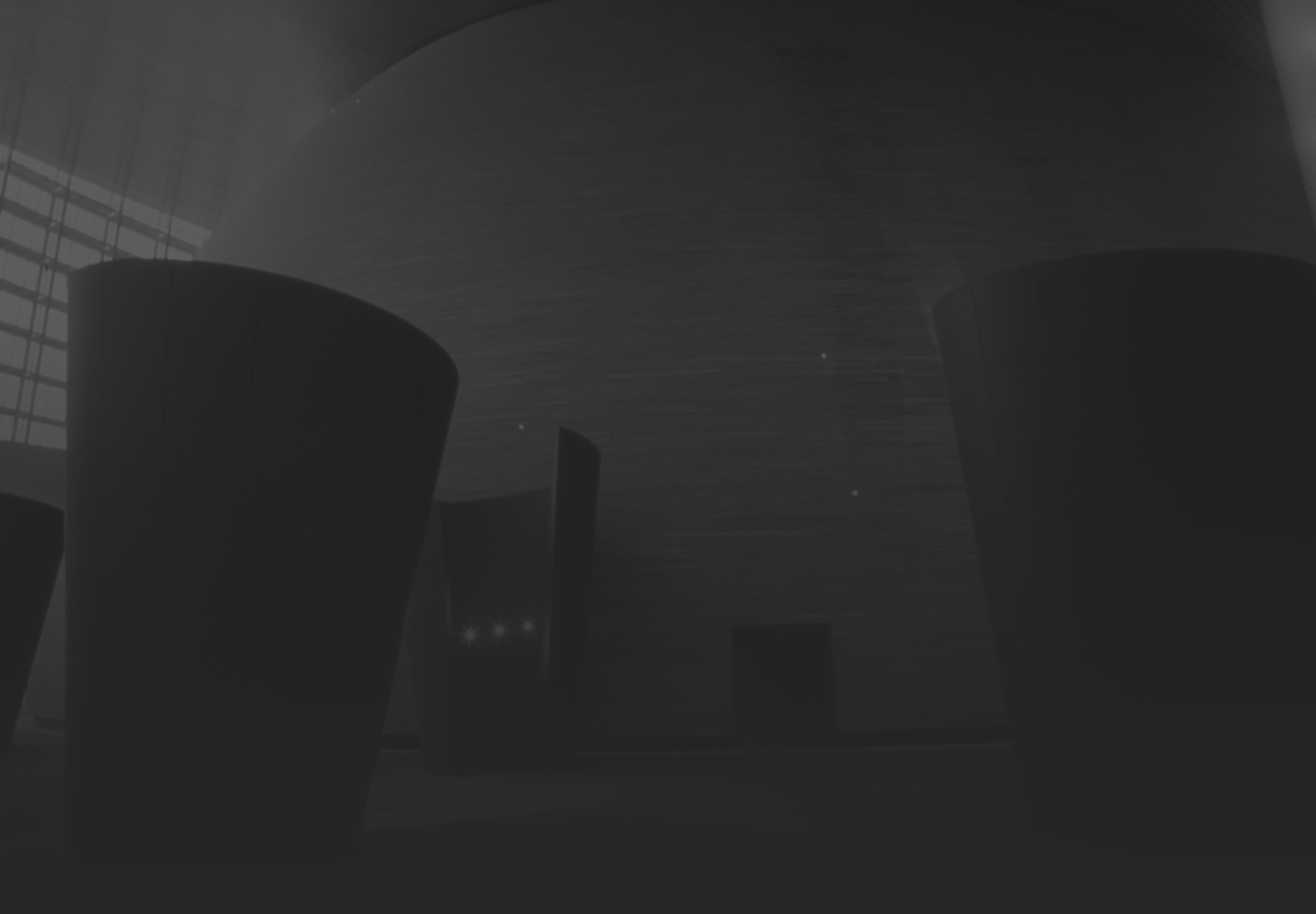
CULTURAL INSIGHTS
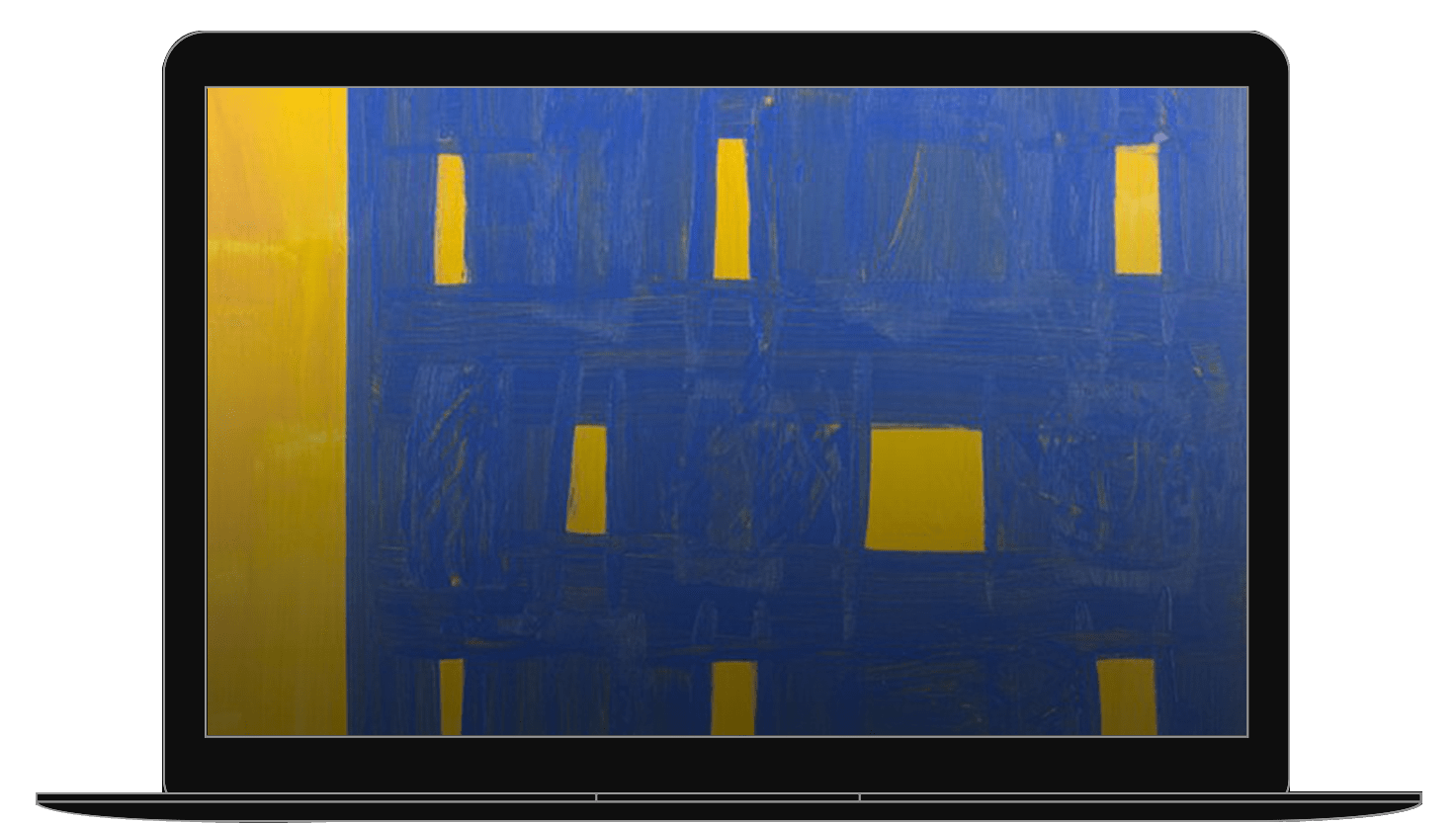
You could also be interested in






